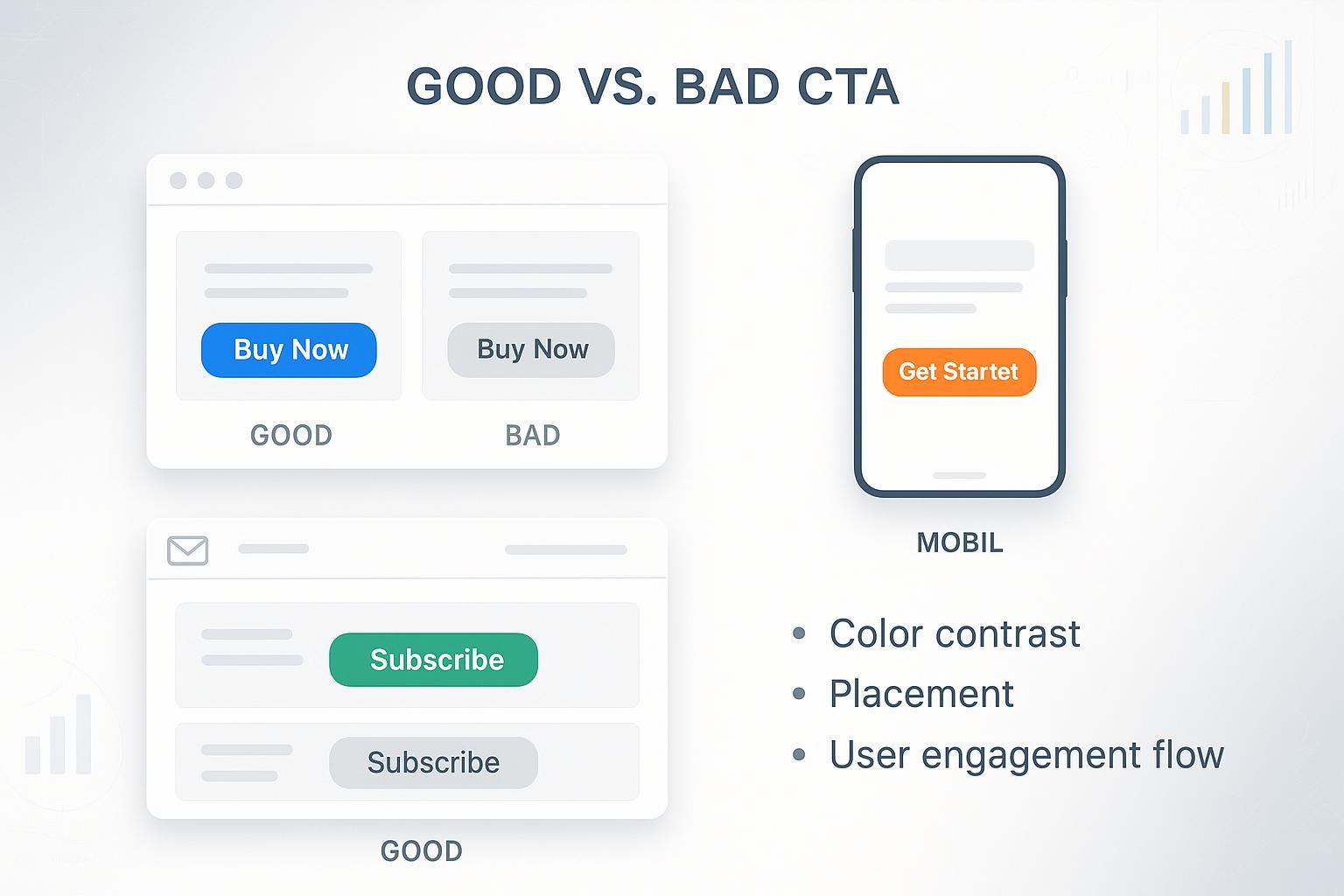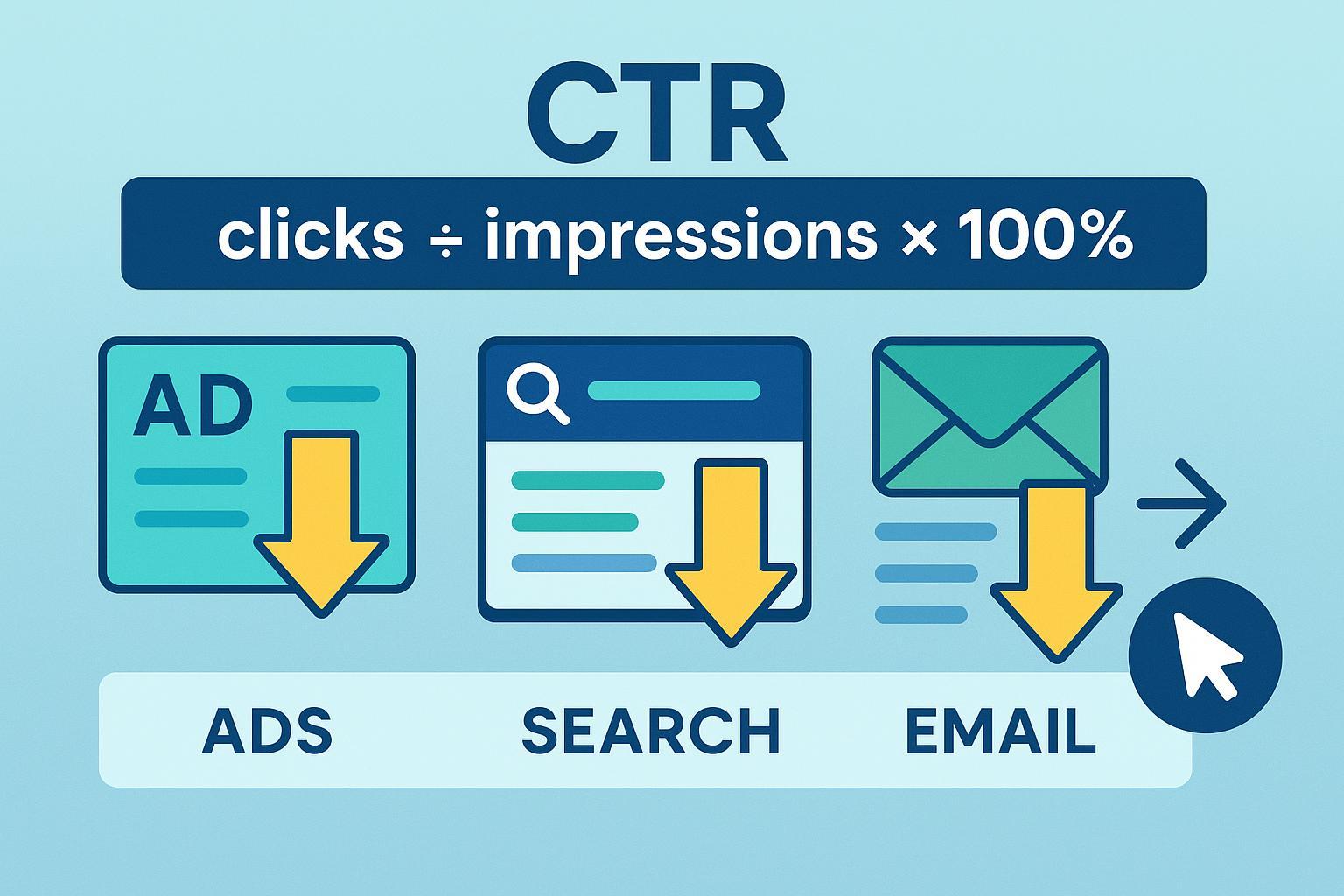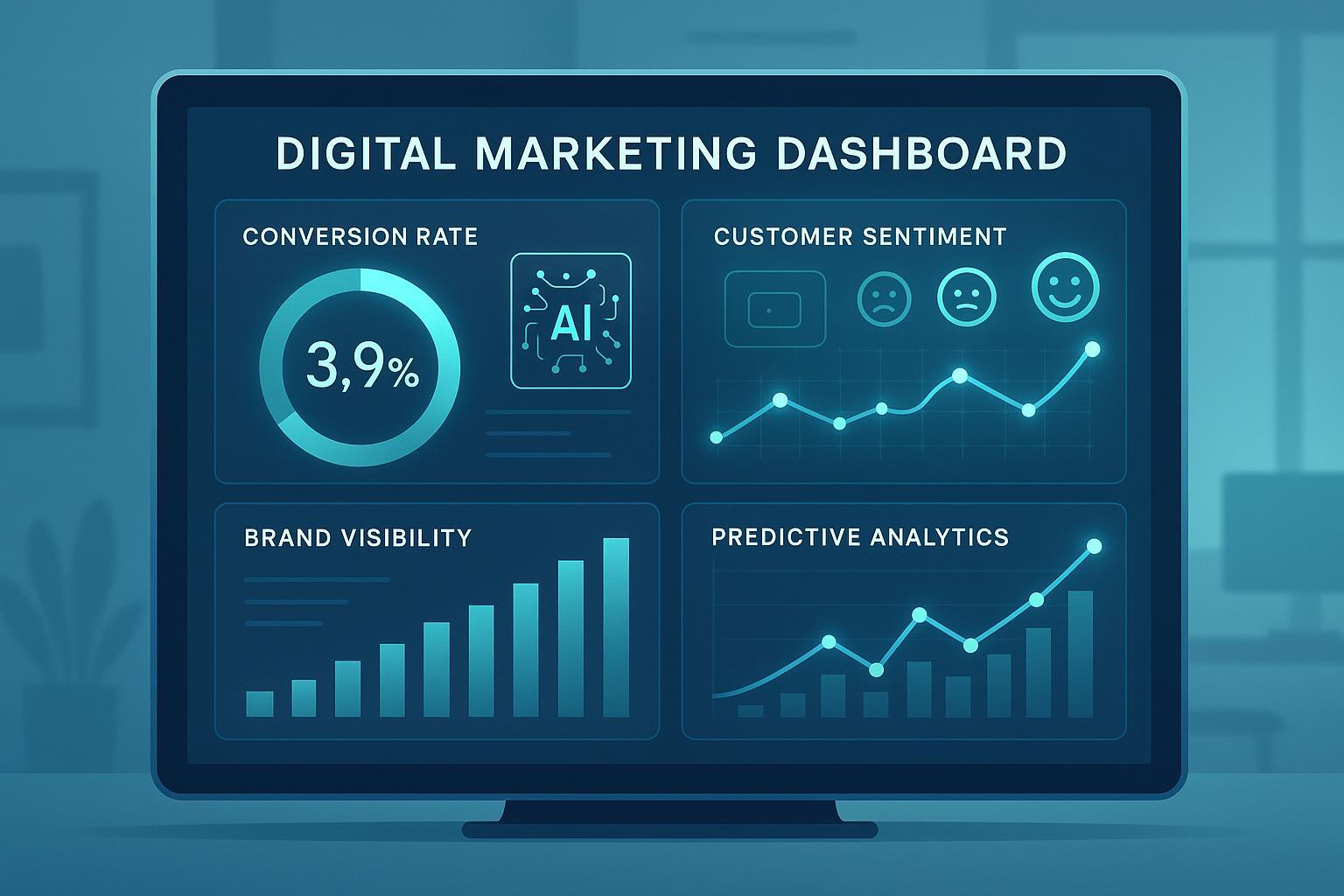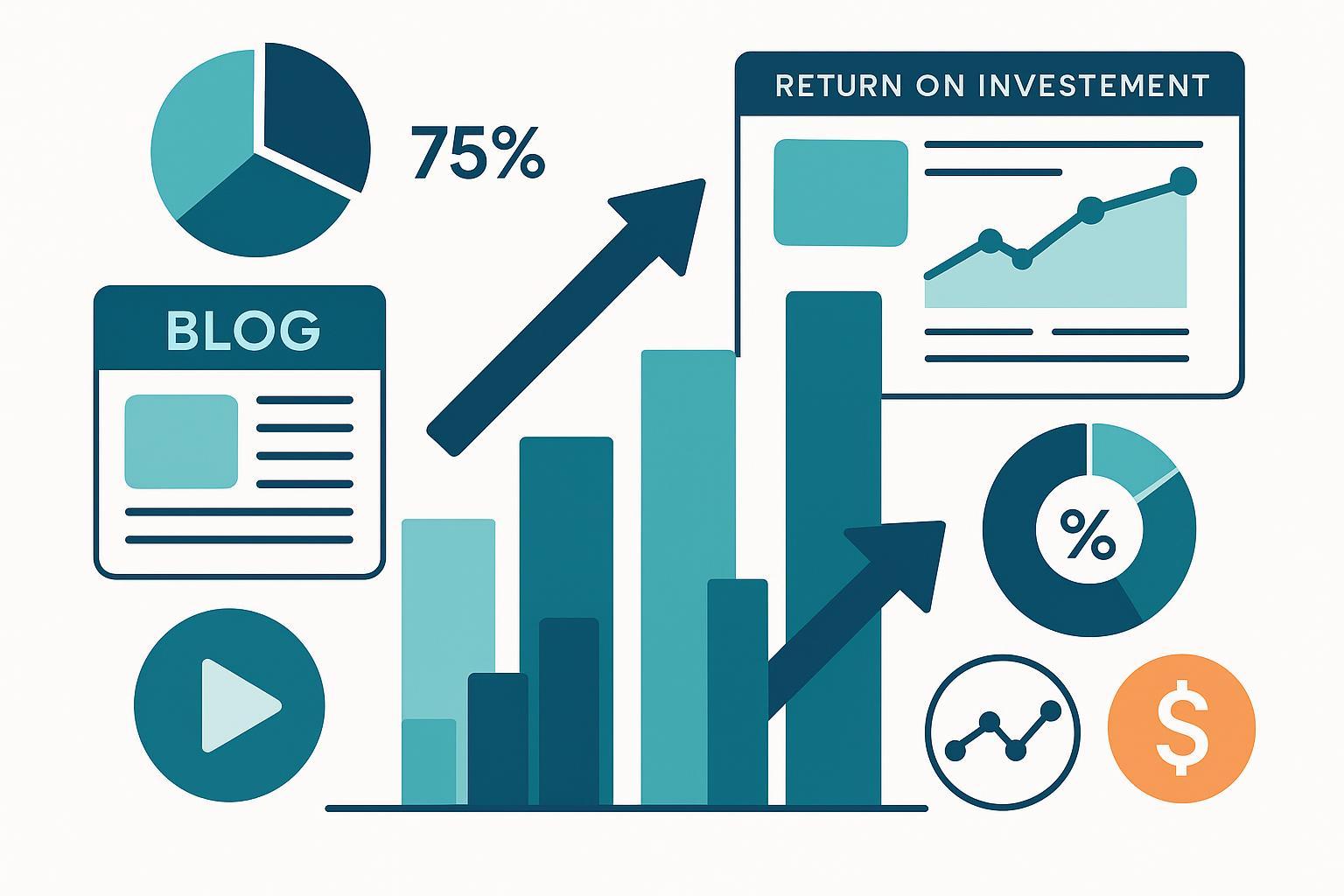Social Selling Beginner Guide: Step-by-Step Entry & Essential Tips
Start social selling with confidence! This comprehensive beginner guide covers basics, platform tips, real-world examples, and actionable steps for new learners.


Introduction: What Is Social Selling and Why Does It Matter?
Social selling means using social media platforms—like LinkedIn, Twitter (X), and Facebook—to find, connect with, and nurture relationships with potential customers. It’s not about spamming or broadcasting sales pitches; it’s about building authentic connections, sharing valuable insights, and establishing trust.
Why Should You Care About Social Selling?
- Today’s customers are informed and social: Over 75% of B2B buyers use social media when researching vendors (LinkedIn, 2024).
- Social selling works: Businesses and individuals who practice it outperform peers by 45% in new business opportunities (Salesforce).
- Build relationships, not just leads: Success comes from meaningful engagement and ongoing conversation, resulting in higher lead quality and less rejection.
Section 1: Understanding the Basics — Social Selling vs. Traditional Sales
- Social Selling: Build connections, provide value, nurture trust, share knowledge, and solve problems—primarily online.
- Traditional Sales/Cold Pitching: Direct outreach focused on selling immediately, often with little knowledge of the prospect.
Quick Quiz:
Which of these is social selling?
A) Sending 100 identical messages to strangers on LinkedIn.
B) Researching a prospect, connecting with them, and commenting thoughtfully on their posts before introducing your product.
Answer: B!
Key Terminology
- Ideal Customer Profile (ICP): The characteristics of your perfect customer (industry, job role, pain points).
- Social Selling Index (SSI): A LinkedIn metric tracking how effective you are at social selling based on four pillars (brand, finding people, engagement, building relationships).
- Content Calendar: A basic schedule for what and when to share on social platforms.
Section 2: Choosing the Right Social Platform
Not all platforms are created equal—choose where your prospects are active!
| Platform | Best For | Primary Strength |
|---|---|---|
| B2B, professional services | Strong business focus | |
| Twitter (X) | Tech, media, startups | Fast engagement, trends |
| SMBs, community, local businesses | Large, diverse reach | |
| Visual brands, consumer products | Visual storytelling |
Tip: Stick to 1-2 platforms to start. Consistency and depth matter more than spreading yourself thin.
Section 3: Setting Up for Success — Optimize Your Profile
A strong first impression paves the way for trust. Your social profile is your digital storefront. Here’s a quick checklist:
- Professional, friendly headshot
- Clear headline (who you help and how, not just your job title)
- Engaging summary or About section: Share your story, values, and the problems you solve
- Relevant experience and skills
- Recommendations, testimonials, or endorsements
Before & After Example:
Before: “Account Manager at XYZ Corp.”
After: “Helping healthcare startups streamline growth through digital strategy | 10+ years in B2B SaaS”
Action Step:
- Review your profile using LinkedIn’s Profile Checklist. Aim for 80–90% completeness.
Section 4: Finding and Researching Prospects
Start with the end in mind. Define your Ideal Customer Profile (ICP):
- What industry are they in?
- What roles or titles do they have?
- What challenges do they face?
How to Find Prospects:
- Use LinkedIn search with filters (industry, role, location).
- Join groups and follow hashtags relevant to your target audience.
- Monitor your network’s activity for warm introductions.
Worksheet:
Write down 3 qualities of your ICP and list 10 target contacts on LinkedIn or Twitter.
Section 5: The Art of First Outreach
This is where most beginners go wrong. Social selling is all about personalized, value-driven contact – not mass emailing or hard sells.
Good Outreach Message Example:
Hi [Name],
I noticed you’re passionate about [shared interest] and have been following your work at [Company] on [topic]. Would love to connect and share insights about [mutual area of interest].
What to Avoid:
- Generic, copy-paste messages
- Pitching right away (“Can I interest you in…”?)
- Ignoring their activity or interests
Quick Exercise: Draft your own first outreach message below. Review: Is it tailored? Does it offer value first?
Section 6: Sharing Content and Getting Noticed
Why share content?
- You stay on your prospects’ radar without constantly messaging them.
- You establish expertise by helping, not selling.
- Your content gets shared, expanding your reach!
What to Post?
- Tips, how-to guides, or checklists related to your field
- Industry news or thoughtful commentary
- Personal stories with lessons learned
- Relevant case studies or product demos (lightly, as social proof)
Plan Your Week:
- Monday: Industry tip/insight
- Wednesday: Share an article with your commentary
- Friday: Story or customer success anecdote
Download a Free Content Calendar Template: Hootsuite Content Calendar
Section 7: Building Relationships — Beyond the First Connection
- Engage regularly: Like, comment, and share others’ content generously.
- Respond quickly: When someone engages with you, reply promptly to keep the conversation going.
- Offer help: Share resources, advice, or introductions—without asking for anything first.
- Move to DM (Direct Message) or email only when there’s rapport.
Example: Nurturing a Connection
- Connect and comment on their recent post.
- Share an insightful article via DM (relevant to their interests).
- Ask a thoughtful question to spark discussion.
- Follow up in a week with a non-sales check-in.
Section 8: Measurement and Fine-Tuning — How to Know It’s Working
Track both quantitative (numbers) and qualitative (relationship depth) metrics.
- Numbers to Watch: New connections, response rates, post engagement (likes, comments, shares), meetings booked, Social Selling Index (SSI) score (if using LinkedIn).
- Quality Indicators: Are conversations meaningful? Are you discovering actual prospect needs?
Reflection Checklist:
- Did you get at least one positive reply this week?
- Did you receive any inbound connection requests or responses from your target audience?
- Are you tweaking your approach based on feedback or analytics?
Tip: Use a simple spreadsheet or free CRM (like HubSpot CRM) to track connections and conversations.
Section 9: Common Pitfalls and How to Avoid Them
-
Mistake: Mass/outbound spam or copy-paste messages.
Fix: Personalize every interaction. Even a single line referencing their recent post can make a difference. -
Mistake: Pitching immediately after connecting.
Fix: Build dialogue with value; wait until after a real exchange. -
Mistake: Being inconsistent—posts and outreach in spurts.
Fix: Set a simple routine using a content calendar and weekly reminders. -
Mistake: Neglecting your brand profile.
Fix: Review profile monthly and update with new wins or testimonials.
Section 10: Practice and Progress — Your Social Selling Starter Roadmap
Quick-Start Checklist
- [ ] Profile 90%+ complete (photo, summary, experience, skills)
- [ ] Ideal Customer Profile (ICP) written out
- [ ] 10+ prospects identified on your main platform
- [ ] First custom outreach message drafted and ready
- [ ] Content plan for 1 week created
- [ ] Progress tracked (spreadsheet or CRM)
Mini-Project
- Pick ONE platform and implement your profile upgrades.
- Connect with 5–10 people using your first drafted message.
- Share at least 2 pieces of content this week.
- Log what works and what challenges you.
Section Recap: Knowledge Check
- Can you explain how social selling is different from direct pitching?
- Have you completed your profile optimization?
- Did you create your ICP and send your first outreach message?
- What content would you share with your audience next week?
- What will you improve based on feedback?
Summary: Key Takeaways & Encouragement
You did it!
- Social selling is about real conversations and trust—not quick wins.
- Personalize everything. Research always beats copy-paste.
- Start small, build your confidence, and grow as you practice.
Every relationship starts with a first step. Make your outreach authentic, and celebrate even the smallest progress!
Next Steps: Grow Your Social Selling Skills
-
Downloadable Resources & Templates
-
Continue Learning
-
Find Your Community
- Join LinkedIn Groups or Reddit (r/sales, r/socialmedia) for peer support and shared journeys.
FAQ: Social Selling For Beginners
Q: How many social platforms should I use at first?
A: One (two at most). Master your space before expanding.
Q: What if no one replies to my messages?
A: Re-read your outreach—are you leading with value and personalization? Test a new approach and ask for feedback from a peer.
Q: How do I avoid being pushy?
A: Focus on listening, offering value, and building rapport before selling.
Ready to launch? Download your Quick-Start Social Selling Checklist (PDF) and start your journey today!





